Guide: Choosing Which Cannabis Strains to Grow at Home
Are you taking an interest in growing your own weed at home? Home grows are a great way to save money and get custom medicine that suits your specific needs and tastes. But where are you to begin?
Aside from all the equipment and costs of getting your room set up, there is one crucial element that far too many people neglect to take into consideration: what strains should you choose for home cultivation. Here’s a handy guide to help you choose the best strains for growing at home.
1. Think about your preferences for both flavors and effects.
When you buy weed from the dispensary, what do you usually choose? Are you more interested in physically relaxing, couchlocking indicas, or are you happier with a cerebral, uplifting and motivating sativa? Maybe you like something in between? What kind of potency do you like? Take a look at everything you love about marijuana and use that to help you pick out your best home cultivation strain.
You should also take great care to choose a flavor profile, too. As more and more research comes out on cannabis, we’re starting to understand the complex relationship between cannabinoids and terpenes found in cannabis. Believe it or not, your weed is actually more potent if it’s flavorful. Terpenes, the chemical compounds found in plants that give each one its unique scent and flavor, work together with cannabinoids to boost each other’s effects. With that in mind, we can usually determine how a strain will affect us based on the way it tastes. If it’s earthy, skunky, or diesely, there’s a good chance that it promotes indica effects. On the other hand, if it’s citrusy or piney, there’s a good chance that it promotes sativa effects.
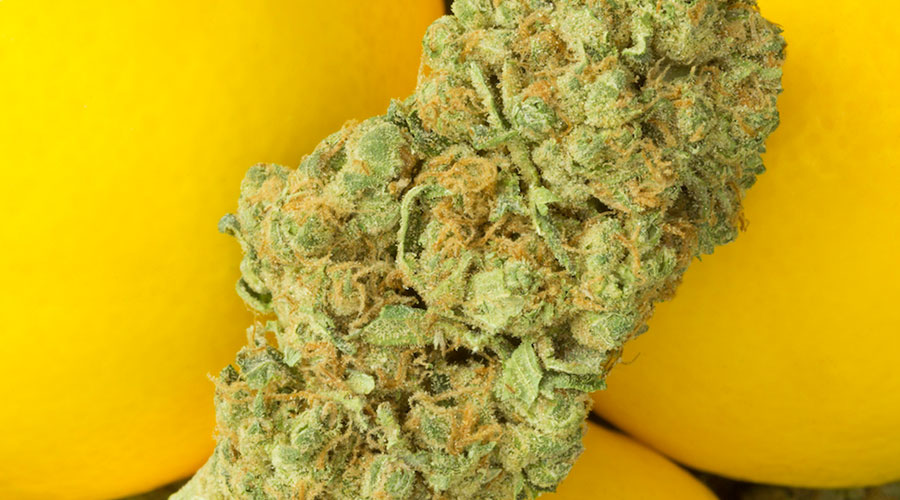
Last but not least, you should take into consideration when you do your smoking. If you work all day and only smoke at night, you probably won’t want to grow a sativa strain since it’ll offer cerebral energy and make it more difficult to sleep. However, if you’re a daytime smoker, you may prefer the energizing sativa effects. If you’re primarily a nighttime smoker, choose indica-dominant strains for your home grow. If you’re a daytime smoker, choose a sativa-dominant strain.
2. What kind of medical or therapeutic uses should your flower have?
Are you growing your own cannabis for medicinal use? If so, you should take your conditions and ailments into consideration when choosing strains for home cultivation. If you suffer from insomnia and chronic pain, you may want to choose an indica-dominant strain that can help you manage those symptoms. If you suffer from fatigue, stress and depression, you may prefer a sativa-dominant strain. If you need a combination, go with a balanced hybrid. All in all, cannabis contains a variety of different therapeutic cannabinoids and terpenes. If you’re sensitive to THC, you can still find relief in a high CBD strain. TLDR; take your needs into consideration and choose a strain based on its therapeutic value.

3. Do you plan to grow indoors or outdoors? How much space do you have?
A defining factor for home cultivation strains boils down to how you intend to grow the strain. If you’re growing indoors or in limited space, you’ll likely have an easier time with short, stocky indica-dominant strains. If you’ll be growing outdoors with a lot of space, you may have a better time growing tall sativas. When it comes to indica vs sativa for indoor grows, you’ll usually have a better time with indicas. However, some sativas can be grown comfortably indoors as long as training and weaving happens early on to keep their growth under control and away from the lights. All in all, most strains can be grown indoors. Just make sure you have the knowledge of their growth and how to train, trim and top them to keep them manageable and yielding healthy amounts of flower.
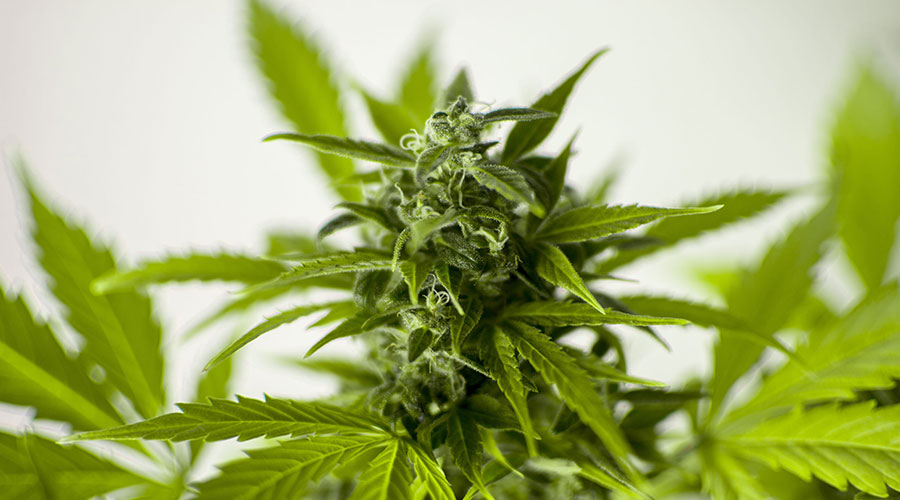
4. What level of experience do you have growing marijuana?
Growing weed is no walk in the park. It’s messy, scientific business. If you’re just getting started with cannabis, it’s a good idea to research some beginner-friendly strains, like Gorilla Glue, Blue Dream or Green Crack. Beginner strains are much more forgiving than some of the newer inbred-to-hell exotic strains on the market. They also tend to be less susceptible to diseases and pests, easier to train, and overall easier to grow. If you’ve been growing weed for a while, you can dabble in a variety of different strains. However, we don’t recommend buying extremely expensive seeds or clones for your first run in a new room. Regardless of how experienced you are, it’s always a good idea to work out the kinks using beginner strains first.
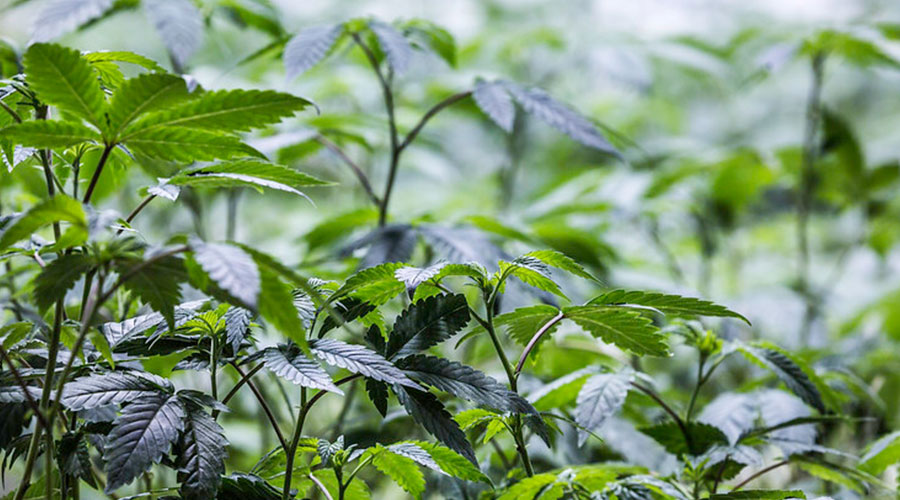
5. How potent do you want your strain to be?
Potency is another big part of your decision. Average potencies for cannabis strains range from 17-22% THC. This is a good range for an average smoker with an average tolerance for THC. On the other hand, if you have a high tolerance for THC, you’ll want to pick a strain ranging from 23-30%. Some strains contain very little THC, too. If you’re THC sensitive, you may want to choose a strain that contains more CBD to boost the medicinal value of the strains you grow at home. Be sure to take the potency levels of THC and CBD in mind when making your final decision on strains for home cultivation.
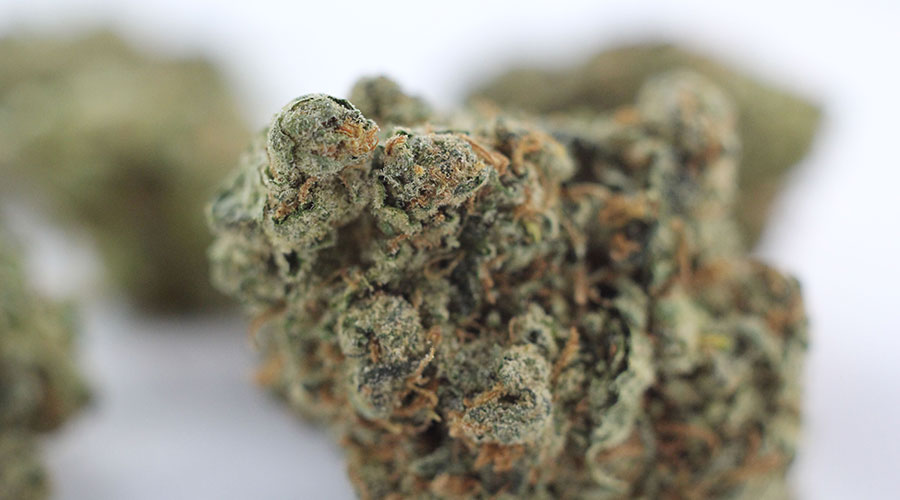
6. Do you have any time constraints to keep in mind?
Say for example that you have a vacation planned out of state in 70 days. Would you be able to harvest and cure in that time? While the general rule of thumb is that most cannabis plants are ready to be cut down in around 60 days, you should always make sure that you’ll have plenty of time to play with when you’re choosing strains for home cultivation. Average time is 60 days, though many strains will not be fully mature until 70 or 80 days. Cannabis that is cured too early loses potency, and cannabis that is cured too late transforms THC into CBN. Be sure to research strains for your home grow that will be ready to harvest in the time you have to play with.
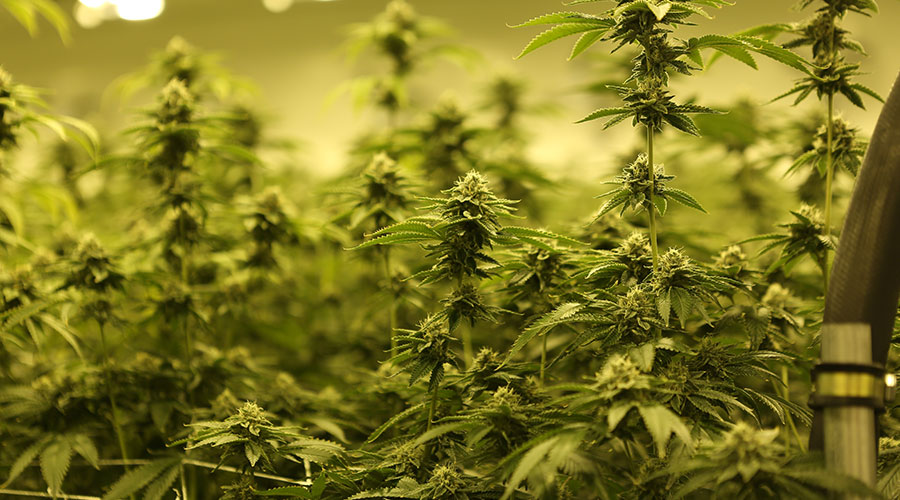
All in all, home cultivation strains are easy to come by once you’ve done your research. Before picking any old strain and throwing it into some dirt, make sure it’s an appropriate choice for your experience level, time constraints, and space requirements. You should also be sure the strain you grow will be potent and flavorful enough to suit you. Last but not least, the strain you choose should be custom tailored to your medical needs and therapeutic preferences. Cannabis is medicine, after all. Once you have your strains picked out, you can start your cannabis cultivation journey with one less thing to worry about and one less thing to overlook.




















